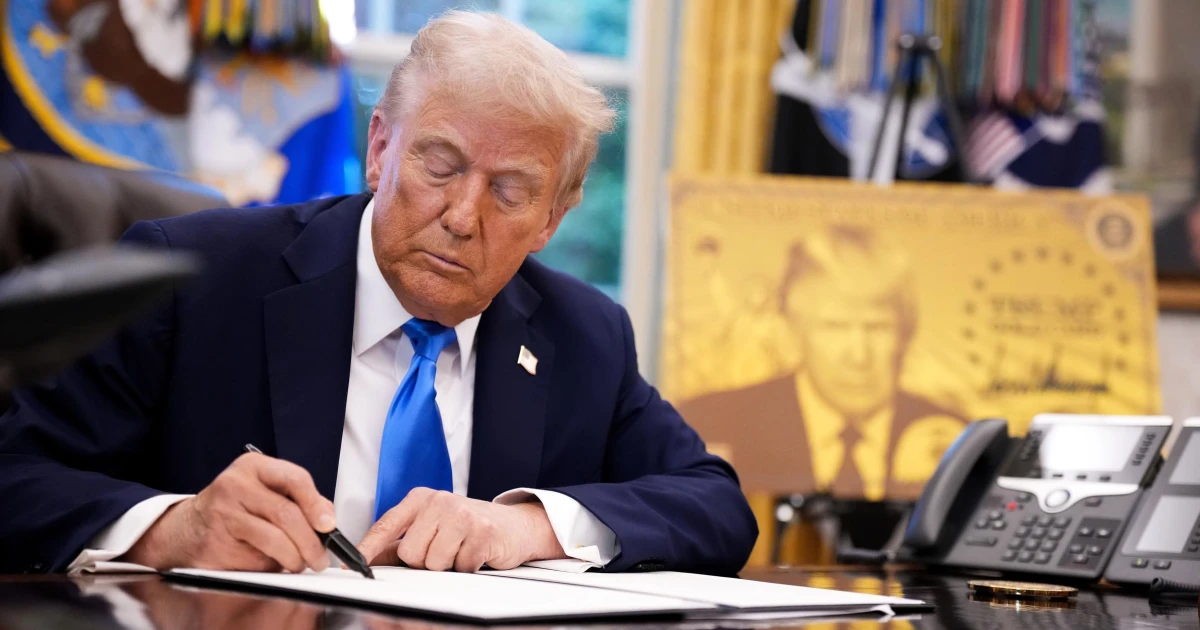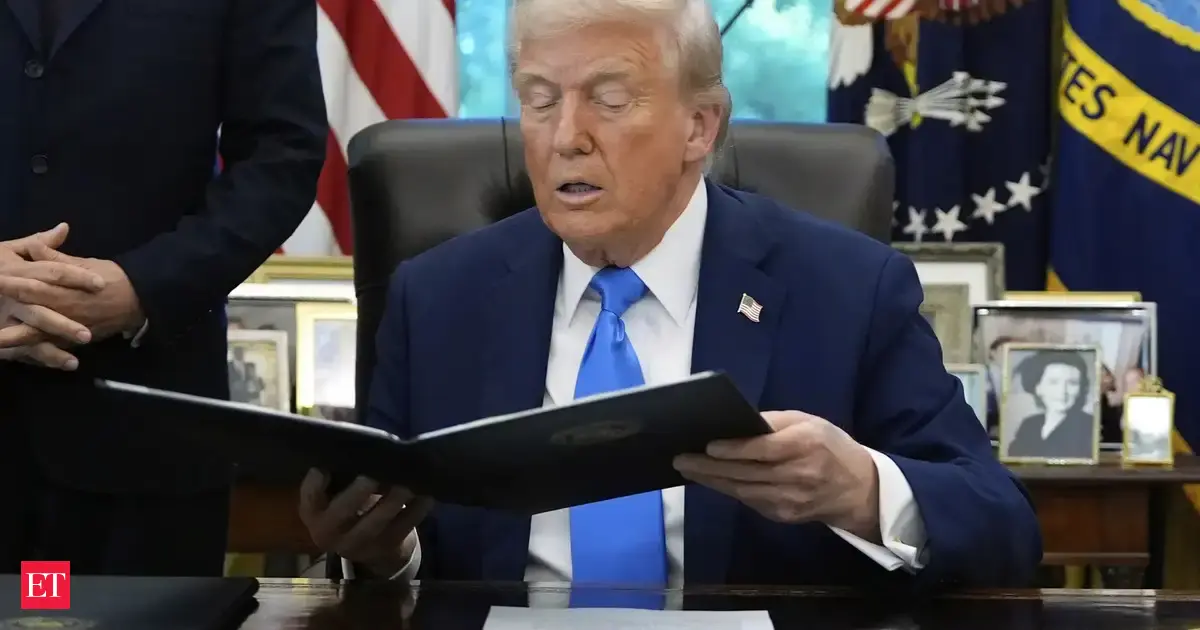
Last week, President Donald Trump issued a proclamation declaring a requirement that employers pay a $100,000 fee for new H-1B visas. The announcement has created considerable outcry from employers, reflecting H-1B’s status as the country’s biggest work visa program and an important pathway for U.S. employers to hire skilled talent from abroad. To my surprise, Trump’s proclamation seemed to cite a study that I co-authored for the Economic Policy Institute, showing how some employers have taken advantage of the visa to underpay college-educated employees.
It’s true that the H-1B program is deeply flawed. But the $100,000 fee on employers won’t fix what’s wrong with the program and could have unintended consequences. Large firms and those that already pay lower wages will have less difficulty paying the fee, while startups and smaller firms that offer fair or above-market wages will struggle to pay it. Rather than the administration’s misguided and poorly implemented idea, there are much better ways to protect workers, whether they are H-1B employees or U.S.-born workers or green card holders already employed in the United States.
The good news is that the administration is implementing or considering two regulations that could go a long way in curbing employer abuses of the visa.
There are close to 600,000 total H-1B workers in the United States. Roughly two-thirds of H-1B workers fill jobs in computer-related and information technology occupations, with the rest working other professional jobs as accountants, doctors, university professors and many others. But the H-1B program has drifted far from its purpose of filling labor shortages with workers who possess rare skills. And weak labor safeguards are to blame.
First, U.S. employers are not required to advertise jobs to U.S. workers and recruit them before hiring H-1B workers. Employers claim there are labor shortages of skilled workers — often despite evidence to the contrary — but are ultimately not required to test the labor market to see if this is true. Instead, they can completely bypass the U.S. workforce.
Second, the rules for H-1B visas require that those workers be paid a fair wage according to U.S. standards. However, in practice, the rules allow the majority of H-1B workers to be vastly underpaid, earning less than the true market wage for their occupation and location.
Third, the way visas are allocated is problematic: As Bloomberg reported last year, staffing companies that pay the lowest wages allowed by law easily exploit the random lottery system that allocates H-1B visas and eat up a large chunk of the 85,000 visas that are subject to the annual cap. (Another 56,000 visas were issued last year to firms that are not subject to the cap.)
Fourth, lack of federal enforcement has allowed companies to underpay H-1B workers by tens of millions of dollars. While some H-1B workers do possess rare skills that benefit the U.S. economy, most who are admitted are classified as filling entry-level jobs that do not require advanced skills. Because of visa rules, H-1B workers are placed in working arrangements akin to indentured servitude. H-1B rules ultimately subsidize the outsourcing and offshoring of U.S. jobs and even incentivize firms to directly replace their U.S. workers with H-1B workers, who can be legally underpaid compared with the market rate for local workers. Just this week, two prominent senators — Republican Chuck Grassley of Iowa and Democrat Dick Durbin of Illinois — penned a letter calling out the biggest tech employers for laying off thousands of U.S. workers while simultaneously hiring thousands of H-1B workers.
There are several clear and simple steps that the Trump administration can take to fix H-1B, if this White House is serious about improving the program and protecting workers. None of these steps involve announcing a large fee that creates chaos and uncertainty: The fee is already in effect, for instance, even though there isn’t even a process or a form yet allowing employers to pay it.
Given the administration’s cuts at key agencies, there may not be many staffers left to enforce any new H-1B rules.
The good news is that the administration is implementing or considering two regulations that could go a long way in curbing employer abuses of the visa. One is mentioned at the end of Trump’s proclamation, which directs the Department of Labor to craft a regulation to raise wage rates for H-1B workers. If a rule is ultimately proposed and the final version requires that H-1B workers be paid at least the local median wage for their specific occupation, it would go a long way to fixing the program.
The other new rule that’s needed would require the Department of Homeland Security to prioritize H-1B visas for the most highly-skilled and -paid workers, rather than through the current lottery system. This week, DHS made public a proposed rule that purports to address this, by giving higher-wage H-1B jobs a better chance of being selected, though it’s too soon to tell if this would work.
While these two rules hold a lot of promise, the Trump administration’s disastrous record on worker rights means we should withhold judgment until the rules are finalized and enforced. At the end of the first Trump administration, DOL and DHS proposed rules to update the wage and lottery rules, but they were issued so haphazardly that it’s hard to tell if Trump actually wanted them to ever go into effect. And given the administration’s cuts at key agencies, there may not be many staffers left to enforce any new H-1B rules.
Other actions Trump could take include closing the loophole that incentivizes outsourcing — where H-1B workers are sent to third-party sites and often directly replace U.S. workers. The administration could also investigate rampant wage theft by employers, and screen employers so those with a track record of violating labor and employment laws are prohibited from hiring through H-1B.



